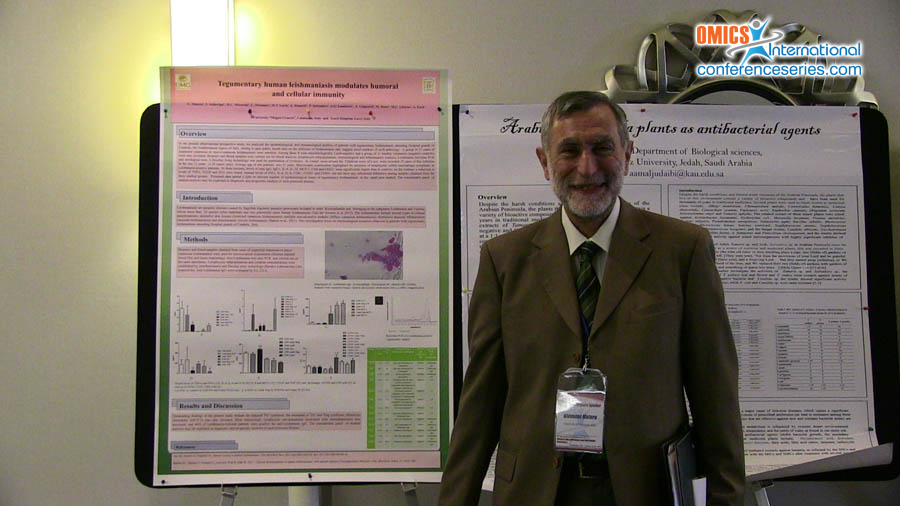
Giovanni Matera
University of Catanzaro, Italy
Title: Successful Leishmania steering immunity cells and mediators to achieve a trade-off balance useful to host and parasite.
Biography
Biography: Giovanni Matera
Abstract
Parasitic diseases are very often chronic and during such long-lasting infections, host inflammatory and immune cells are quite unresponsive to stimulation by products from the infecting organism and other pathogens. Leishmania are hemoflagellate protozoa, which cause three types of illness (cutaneous, muco-cutaneous and often fatal visceral leishmaniasis) exhibiting a high prevalence and incidence worldwide. More informations are needed to explain the role of different branches of immune response in leishmaniasis pathogenesis, as well as to get a timely diagnosis, an accurate prognosis and a more effective therapy.rnOur contribution to understanding mechanism of Leishmania disease included in vitro model with live protozoa infecting human peripheral blood mononuclear cells, as well as the dosage of serum mediators in infected humans. In our approach with clinical specimens, both conventional and molecular tests were able to verify the presence of Leishmania spp. in cutaneous and mucous biopsies of suspected tegumentary leishmaniasis patients. In these subjects, levels of Th2, Treg cytokines, MCP-1 chemokine and CD25+ cells were statistically more elevated than in Leishmania-negative patients and healthy controls; on the other hand a decrease of TNFα, VEGF and EGF were found among samples obtained from Leishmania-positive group. We noticed the absence of allergic pathologies among parasitized patients.rnMoreover we sought to reproduce in vitro the early phase of the natural infection. Therefore human PBMC were challenged by Leishmania infantum or Leishmania major infective metacyclic promastigotes. Following 4 hours from L. major infection, differently from L. infantum, TNFα , IL-1β, IL-6 levels were significantly higher than controls. However, after 24 hours, promastigotes of both species stimulated significantly higher TNFα , IL-1β, IL-6 levels. A negative correlation was observed between the parasite concentration and the cytokine levels. Regarding MCP-1 release, at 24 hours, but not at 4 hours, an interesting dose-dependent effect was observed for both species. Nitric oxide levels, at 4 and 24 hours, were increased when lower parasite burden of both species was used; interestingly the higher promastigote concentration of L. major or L. infantum fails to stimulate nitric oxide levels. rnThe protozoal infection studied seems to reduce major Th1 response cytokines, while increasing both immune cells and mediators with regulatory/inhibitory effect, in both in vitro and in the clinical approaches used. Host might take advantage in reducing re-infections, as well as immunopathology/allergies. Leishmania species may exploit immunoregulatory mechanisms in early steps of infection in order to evade the host immune system and in the chronic phase to protect the earned host niche against other invaders. The clinical impact of our findings consists in the relevant number of mediators which could be proposed as potential diagnostic and prognostic biomarkers helpful to integrate clinical management of leishmaniasis.rnrnrn




